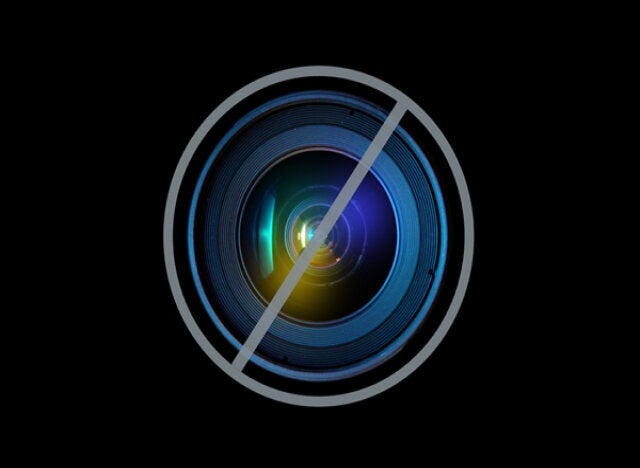If remains unearthed in a car park are verified as those of King Richard III, they should be laid to rest at Leicester Cathedral, a Labour MP suggested on Thursday.
Jon Ashworth, MP for Leicester South, told MPs during business questions in the Commons that the "potentially exciting discovery" could "hugely benefit" Leicester's tourism.
Addressing Leader of the House of Commons Andrew Lansley, he said: "Could we have a debate on tourism and would the Leader of the House agree with me that the potentially exciting discovery of the remains of Richard III in a Leicester city car park has the potential to hugely benefit the city of Leicester in terms of tourism? And would he also agree with me that if those remains do turn out to belong to Richard III they should be laid to rest at Leicester Cathedral?"

Recently uncovered remains in Leicester could be those of Richard III
Lansley responded: "I fear I probably best not venture into the latter point, but I must say I've followed this archaeological inquiry with very great interest and I think it is an exciting potential discovery."
Archaeologists searching for the lost grave of Richard III have unearthed a skeleton with a metal arrow in its back which they believe could be the remains of the monarch.
The skeleton was exhumed from a car park behind council offices in Leicester last Tuesday during an archaeological dig by a team from the University of Leicester, and is being subjected to laboratory analysis.

Ashworth says the king's rightful resting place should be Leicester Cathedral
It was found in what is believed to be the choir of the Grey Friars church, the site of which was also uncovered during the three-week archaeological dig and which is believed to be the burial site of the monarch, according to historical records.
Initial examinations have revealed it to be the skeleton of an adult male and the remains are said to be in a good condition. The skeleton also has a curved spine, which could fit reports of the monarch's appearance.
Richard III died in the Battle of Bosworth in 1485.